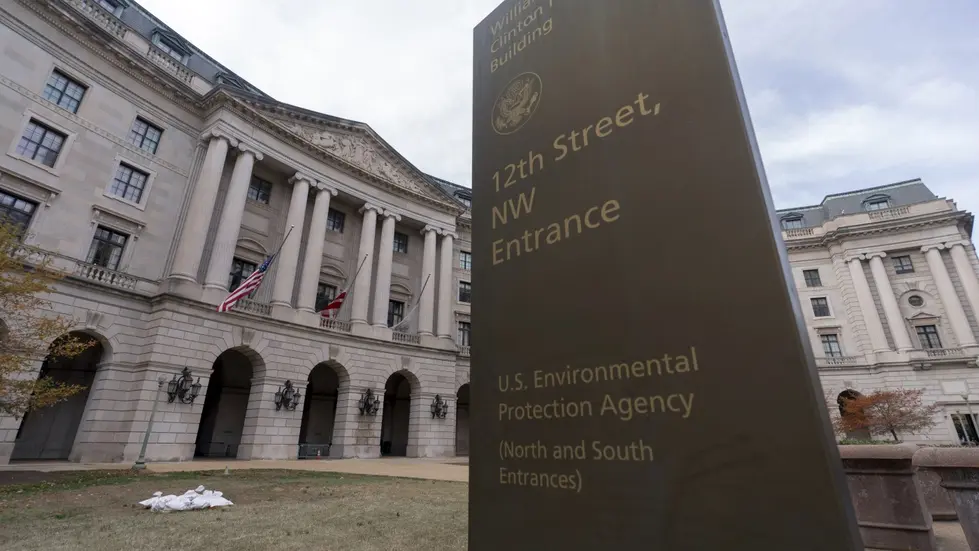T4K3.news
NASA to destroy climate-monitoring satellites on White House orders
The White House has instructed NASA to terminate two important satellites used for monitoring greenhouse gas emissions.

The decision to destroy vital satellites raises concerns among scientists and lawmakers.
White House directs NASA to terminate key climate satellites
The White House has instructed NASA to destroy two crucial satellites that monitor climate change. These satellites provide essential data on carbon dioxide levels and crop health, serving farmers, scientists, and energy companies. Reports indicate that these satellites are the only federally operated ones that focus on greenhouse gas observation. According to experts, they possess high-quality data and were slated for continued operation for several more years. Despite their advanced technology, the reason behind this decision remains unclear, prompting concerns among scientists and lawmakers about the potential negative impact on U.S. leadership in climate science. The operating cost for these satellites is a fraction of NASA's overall budget.
Key Takeaways
"What I have heard is direct communications from people who were making those plans, who weren't allowed to tell me that that's what they were told to do."
David Crisp discusses the communications he received regarding the termination order.
"It makes no economic sense to terminate NASA missions that are returning incredibly valuable data."
David Crisp explains the rationale against the termination of the satellites.
"Eliminating funds or scaling down the operations of Earth-observing satellites would be catastrophic."
Rep. Zoe Lofgren warns about the severe consequences of budget cuts on climate monitoring.
"We rejected cuts that would have devastated NASA science by 47 percent and would have terminated 55 operating and planned missions."
Senator Chris Van Hollen comments on the proposed budget cuts.
This directive from the White House not only raises questions about environmental stewardship but also highlights a troubling shift in federal priorities regarding climate action. Considering that the satellites were expected to provide valuable data for years to come, the decision to terminate their missions hints at deeper policy implications. Experts argue that such cuts would harm the United States' ability to effectively forecast and manage climate-related disasters, thereby threatening both the environment and public safety. The small annual operating cost of these satellites pales in comparison to their contribution to scientific data and safety recommendations. The backlash from the scientific community signals a possible turning point in how future administrations might prioritize climate intelligence.
Highlights
- This decision could set back climate science in the U.S.
- Terminating these satellites makes no economic sense.
- The data these satellites provide is invaluable.
- We cannot afford to lose our climate intelligence.
Potentially damaging decision to terminate satellites
The destruction of key climate-monitoring satellites could hinder U.S. environmental science and policy, impacting public safety and climate response.
The implications of this decision extend beyond NASA, impacting scientific research and environmental policy.
Enjoyed this? Let your friends know!
Related News
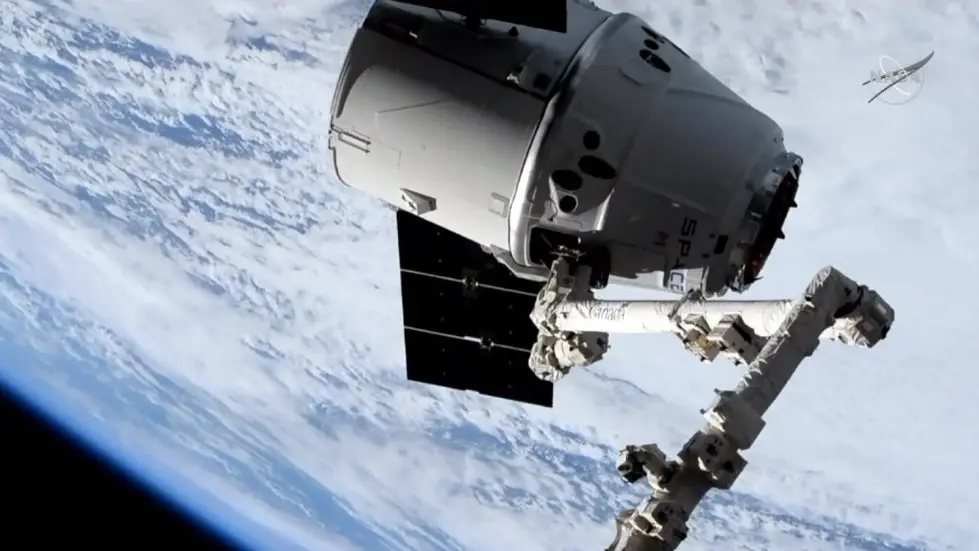
NASA plans to end crucial carbon-monitoring missions

Wildfire smoke forecasting tools reviewed

LA fires disrupt location shooting

Europe to fund Ukraine defense continues

Fishing halted in Pacific protected area
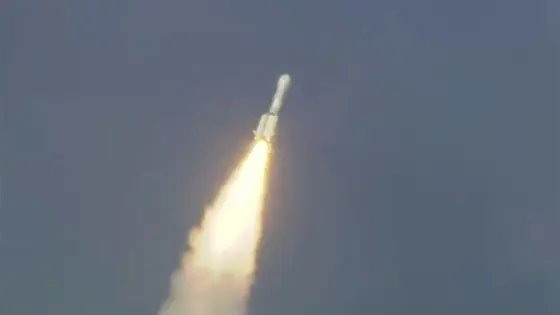
NASA and India successfully launch NISAR satellite
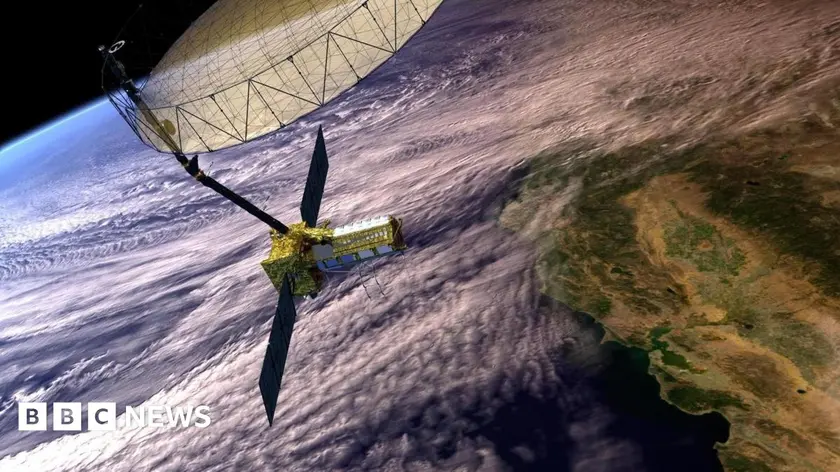
Nisar satellite launch set to enhance Earth monitoring
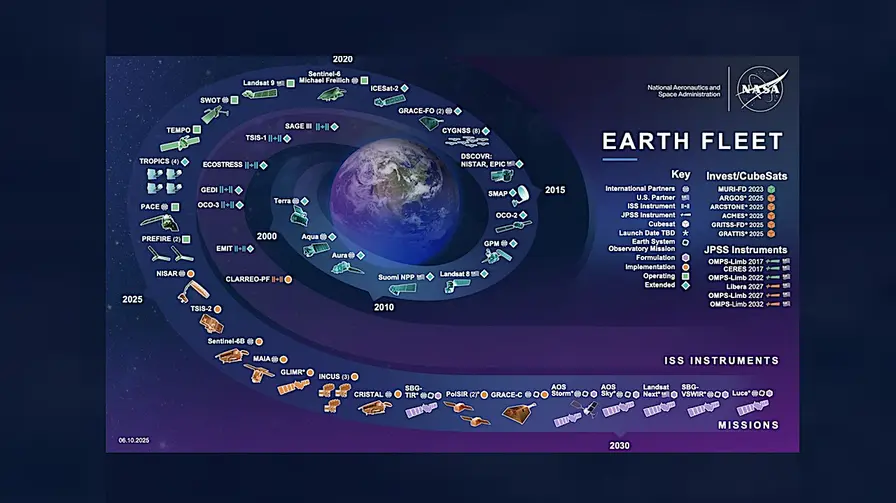
Major Funding Cuts Proposed for NASA Earth Science Division
